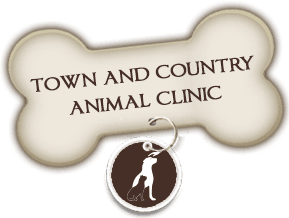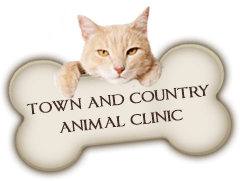
Dogs Who Guard Valued Objects
Some dogs can be very possessive about certain items such as their favorite toy or bone. They may also guard objects which appear to have no value to you (such as common household objects, trash, etc). These dogs will normally carry these items to a secure area. Any attempt to remove the item from the dog may be met with aggression. Please do not ignore this warning as the dog may even try to … Read More





